
Fast, affordable Internet access for all.
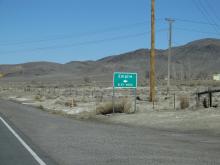
Officials in Washoe County, Nevada have struck a new public private partnership (PPP) with Digital Technology Solutions (DTS) to deploy affordable fiber service into the long-neglected rural towns of Gerlach and Empire, Nevada. The deal is part of a broader effort to bring affordable access to underserved residents just out of reach of broadband access.
Behzad Zamanian, Washoe County Chief Information Officer, tells ILSR that the county’s two-phased project first involved contracting with DTS to construct and maintain a $2.3 million middle-mile fiber network that connected Gerlach to Reno, culminating in a ribbon-cutting ceremony at the Gerlach Community Library last July.
“The reason [Gerlach] was identified as a high priority was that it was considered unserved or underserved; there was no presence of any of the major Internet service providers in that region,” he noted. “There was no high speed Internet available.”
Until last summer, area students and residents were completely cut off from online learning, employment services, remote health care, and other essential services and opportunities.
Expanding the middle mile network required close collaboration with the Pyramid Lake Paiute Tribe, which allowed the county to piggyback on the tribe’s existing fiber runs from Reno to Nixon, Nevada. The county then worked closely with the Nevada Office of Science, Innovation, and Technology (OSIT) and DTS to deploy fiber the remaining 60 miles from Nixon to Gerlach.
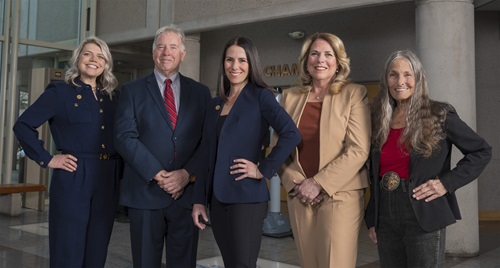
Zamanian said that 60 percent of the project was funded with the help of the FCC’s E-Rate program, with the remaining 40 percent financed by state and federal broadband grants.
“This was a perfect solution; it didn't cost the county a penny,” Zamanian notes.
Washoe County’s efforts are tethered closely to the state’s High Speed Nevada (HSNV) project, designed to expand broadband access to under-served communities using broadband grants included in federal COVID relief legislation and the 2021 Infrastructure bill.
The broader HSNV project is being conducted in two phases: phase one involved using American Rescue Plan Act (ARPA) funding to help bring fiber to more than 1,000 state and local government facilities, schools, libraries, and key anchor institutions. Phase 2 will leverage BEAD infrastructure bill grants to extend access to Nevada’s “most vulnerable populations.”
As with many similar efforts, the COVID telecommuting boom highlighted (often painfully) the need for affordable, reliable broadband, incentivizing state and local governments, tribes, and federal leaders to work collaboratively to bridge the state’s stubborn digital divide.
“The state was planning to build this fiber for 7 years, but it never happened,” Zamanian notes.
“There are so many requirements to pull fiber that it usually takes big ISPs like Charter a few years to do it. But because we are a government agency, we knew our way around getting permits...so we basically completed this project in less than a year.”
From the Middle To The Last Lonely Mile
Once the middle mile network was finished, DTS began expanding fiber access to key Washoe County facilities and anchor institutions, including the Gerlach fire station, community center, Sheriff’s Office, and Roads Department. As well as several local businesses and the location of the Burning Man festival held annually in the Black Rock Desert in northwestern Nevada.
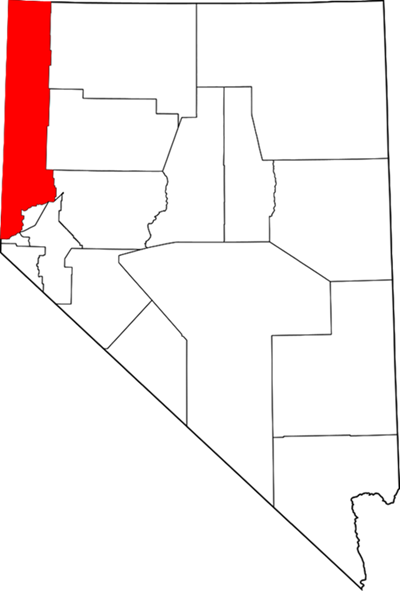
This latest deal with DTS extends fiber access to 156 homes in the towns of Gerlach and Empire, providing locals that have never had fixed line broadband access fiber broadband at speeds of 100 Mbps for $49 a month–significantly cheaper than rates paid by broadband subscribers in many major–and long served–metropolitan areas.
Washoe County officials approved this latest new public private partnership (PPP) last Spring. The finished agreement states that DTS will install the fiber network over the next two years. DTS will also own and maintain the fiber network (Nevada is one of 17 states with laws restricting the construction and financing of municipally-owned broadband networks).
Washoe county’s latest deal with DTS specifies that the public’s share of construction costs isn’t to exceed $724,720.53–to be paid for with funds from the county’s Capital improvement project budget. As part of the agreement, officials state that Washoe County will also receive a 50% discount on previously contracted DTS business services for Washoe County Community Facilities located in Gerlach for a 60 month period.
“As part of that negotiation, DTS agreed to offer high speed Internet to all the homes in Gerlach and Empire at $49 per month, which is an absolutely fantastic deal,” Zamanian said.
Gerlach, a small rural Northern Nevada town about two hours north of Reno, has 28 residents as of the 2020 census. Nearby Empire isn’t much bigger, with a population of 156.
The towns are too small to be deemed worth the attention of traditional large telecoms. Traditionally, if locals want access to broadband, they’ve needed to subscribe to satellite broadband service, notorious for unreliability, high prices, and restrictive usage limits.
“It's cost prohibitive for most people up there,” Zamanian noted. “I think I know maybe one or two people that have Starlink. But it would cost you $699 dollars to get the initial equipment, plus $130 a month. Too expensive and satellite service is also not as fast and it has its own challenges at times.”
Mapping Challenges, BEAD Funding Looms
As with many rural deployment efforts, Washoe County officials initially ran into trouble even identifying which areas were most in need of help – thanks in large part to shoddy FCC federal broadband maps that have been long-criticized for over-stating broadband speeds and availability, and downplaying the impact of muted competition.
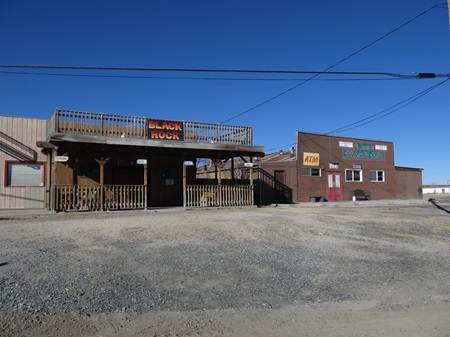
Gerlach and Empire made national headlines last year because Starlink, Verizon, and T-Mobile had all falsely claimed to offer broadband service across most of the region, initially preventing the communities from receiving state and federal broadband grants.
The problem required the intervention of Senator Jacky Rosen (D-NV), who last year worked in conjunction with the Nevada Office of Science, Innovation & Technology to successfully pressure the FCC to update its broadband maps to more accurately reflect reality, ensuring towns like Gerlach and Empire could receive federal grant funding.
While updated broadband maps still leave a lot to be desired, Zamanian says he has seen a notable improvement in the FCC’s efforts, and that the new FCC guidance brings some culpability to big ISPs that overstate coverage. The newly adopted challenge process also lets local communities challenge broadband mapping data they know to be incorrect.
“The FCC has put together a very up to date map that is a lot more practical to work with,” he noted. “They also created a process where if somebody comes back and claims that they are offering service, but they are actually not offering service, they can be fined.”
Expansion of competitive, affordable broadband is more important than ever as the FCC’s Affordable Care Program (ACP) – which provides a $30 discount off the bills of 276,000 low income Nevada households – is on track to expire in April after Congressional Republican leaders refused to fund an expansion.
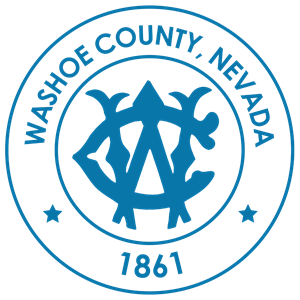
Still, Nevada is poised to obtain a $416 million chunk of the $42 billion in looming Broadband Equity, Access, and Deployment (BEAD) funding made possible by the 2021 infrastructure bill.
Phase two of the HSNV will look to heavily leverage this funding to further extend affordable broadband into more towns like Gerlach and Empire left stuck on the wrong side of the digital divide.
While BEAD implementation delays mean this next round of money could take several years to fully materialize, Zamanian says the work they’ve done has positioned the county well to leverage the funding to further connect other long-neglected Nevada communities.
“The project is really enabling Burning Man to grow,” he said. “And there are some development projects going on as well in that region. So altogether, I have a feeling that we have put in place the necessary infrastructure to grow that region of the county to its fullest potential. You know: you build it and they come.”
Header image of Empire, NV sign on roadside courtesy of Ken Lund, Attribution-ShareAlike 2.0 Generic
Inline image of Washoe County Board of Commissioners courtesy of Washoe County
Inline image of Gerlach, NV Black Rock restaurant courtesy of Wikimedia Commons, Attribution-ShareAlike 2.0 Generic
